There is something about the cold winter months that draws me to Dessert Wines more frequently than in warmer months. With Valentine's Day right in the middle of winter, I think something sweet, and perhaps a bit sticky, could be the right way to go for your holiday libation. Over the last few weeks I tasted well over a dozen Dessert wines. I'll present six of my favorites here today.
 Two of the selections I picked are from Clos La Chance Winery. These are distinctly different wines. First up is Nectar. This 2006 Semillion is made in a true late harvest style with botrytized grapes. Fruit was sourced from Clos La Chance Estate Vineyards. This selection was aged in French oak for 12 months. The suggested retail price for this wine, available in 375 mil bottles is $19.
Two of the selections I picked are from Clos La Chance Winery. These are distinctly different wines. First up is Nectar. This 2006 Semillion is made in a true late harvest style with botrytized grapes. Fruit was sourced from Clos La Chance Estate Vineyards. This selection was aged in French oak for 12 months. The suggested retail price for this wine, available in 375 mil bottles is $19.
Nectar from Clos la Chance, is for me a classic California take on late harvest Semillon. The nose is filled with honey and tea notes. The palate has apricot, peach and light mango throughout. All of these characteristics ride above a base of more tea elements. Nectar coats the back of the throat and finishes with a bit of toast and a touch of vanilla. The finish is long and lingering.
The bottom line for me in liking and recommending this wine from Clos La Chance is that it's a sweet, lovely and in a word balanced. Nectar is the sort of Late Harvest wine that for me IS dessert. Sure it can be paired with soft, stinky cheeses and work wonderfully, but there is no need this is a beautiful expression of Late harvest Semillion, and a bargain at $19. If you don't believe that, check the prices on some of the better known offerings.
The second wine I'm recommending is from Cyprus. This area which makes the Commandaria Dessert Wines, is one I have come to have great appreciation for in the last year. The St. John Commandaria from Keo has a suggested retail price of $20.
The nose of this Commandaria has a ton of apricot and a light, subtle touch of balsamic vinegar. The palate features toffee, candies apricot and hazelnut notes. This thick, slightly syrupy wine coats the back of the throat and has an avalanche of honey on the finish. This will be a great match for a ricotta based cheesecake.
What I like best about this Commandaria is that it's a steal. I've had selections from Cyprus that sold for less and quite a few that sold for a lot more. The St John provides tremendous bang for the buck. As these wines from Cyprus are a bit under the radar to the average person you'll definitely make an impression if you pull this out on Valentine's Day.
There are some tremendous dessert wines coming out of Italy. Most of them aren't quite as famous as their French counterparts and thus Italy  isn't as often thought of for after dinner libations. And for my money that's a shame. The wines of Italy are as good as those anywhere. The dessert wine from there I'm compelled to recommend is from La Tunella.
isn't as often thought of for after dinner libations. And for my money that's a shame. The wines of Italy are as good as those anywhere. The dessert wine from there I'm compelled to recommend is from La Tunella.
The 2005 La TunellaVerduzzo Friulano is 100% varietal. The wine was aged in 1-3 year old French barriques for 10 months. 2,000 cases of this selection were produced and the suggested retail price, for a 500 ml bottle, is $22.99.
The nose of this wine is filled with both honey and chamomile tea notes. The palate features candies apricot, date and subtle almond notes. The oak on this selection, more than the average dessert wine is apparent. It provides a fascinating and unexpected touch of tartness on the finish. The end result is a firmer, more structured dessert wine than average. I found this wine to be an excellent match for Macadamia nuts that had a touch of sea salt on them.
What I like best about the selection from La Tunella is how unique it is. Yes, it's sweet, but never over the top. As a result of that it'll pair well with a very large array of dessert items.
Shifting back to California, the next selection is from Truett Hurst Winery in Dry Creek Valley. This is a region I feel so strongly about, I've launched an entire site dedicated to it.
The 2006 Dessert wine from Truett Hurst is for all intents and purposes a Port. Labelling laws however forbid them from calling it that. This wine was produced from the same grape varieties used in Portugal for Port. 450 375 ml bottle cases of this wine were produced and the suggested retail price is $35.99.
When I popped the cork and poured this wine into my glass I was hit with an avalanche of chocolate covered cherry notes. The palate is filled with more cherry, both red and black. Kirsch liqueur notes kick in around mid-palate and carry on through the finish which also features lots of black pepper and a touch of bramble.
The highlight of this wine for me, and the reason it's on my recommendation list is that it finds the happy place that bridges Portuguese and California Dessert wines. Elements of both styles are readily evident and they work wonderfully. Pour your Valentine this wine, match it with some high quality dark chocolate, and she (or he) is bound to melt in your arms.
I started with a wine from Clos La Chance and I'm including a second one here as well. Stylistically and content wise they couldn't be more different. This second selection from Clos La Chance is made from Zinfandel.
This Late Harvest Zinfandel is of the Non-Vintage variety. Grapes come from both the 2005 and 2006 vintages. This wine was fermented in stainless steel. 750 ml bottles have a suggested retail price of $25.
The nose of this Late Harvest Zin is filled with Maraschino Cherries. Red and black cherry notes are prominent throughout the palate along with sweet, dark chocolate. A touch of pencil lead also appears. The finish has both white and black pepper, along with nutmeg and a bit of dust. This wine has a firm but approachable tannic structure and is quite sweet, but not over the top.
Clos La Chance has become a favorite producer for me. This Non-Vintage, Late Harvest Zin is as good of an example of why that is as any of their other selections. There is a purity of fruit and a balance here, despite it being very sweet, that some Dessert wine simply don't have. At $25 for a 750 ml bottle this is a steal.
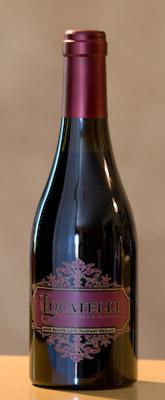 The sixth and final dessert wine I'm recommending this Valentine's Day is from Locatelli Winery in Paso Robles. This selection is a Late harvest Merlot. This isn't the first varietal I think of when Late harvest wines come to mind and thus I was particularly curious about it.
The sixth and final dessert wine I'm recommending this Valentine's Day is from Locatelli Winery in Paso Robles. This selection is a Late harvest Merlot. This isn't the first varietal I think of when Late harvest wines come to mind and thus I was particularly curious about it.
The Locatelli Winery Late Harvest Merlot is 100% varietal. It was aged in American Oak for two years. A mere 70 cases of this wine were produced and it sells for $30.
I found the nose of this wine to be particularly expressive. Cherry, leather and apricot notes co-mingle to form an alluring aroma. Taking the first sip I found the wine to be a bit lighter on the palate than I had expected. It was full flavored with cherry pie and honey notes. Hints of apple seeped through as well. The finish brought out Cinnamon, nutmeg and white pepper as well as a touch of sour cherry. This wine will be an excellent match for sharp cheeses as well as dark chocolate.
What I like best about the Late Harvest Merlot from Locatelli is the fact that it showed me a side and style of Merlot I've rarely seen.Interestingly it features some of the elements of Late harvest Zin, but in a lighter stylistic package. A really enjoyable and interesting wine that's well worth making the extra effort to obtain.
You really can't go wrong with any of the wines above. Each of them is well crafted and delicious. So grab one or more of them, and sweeten things up this Valentine's Day and beyond.
Please take a moment to vote for my blog
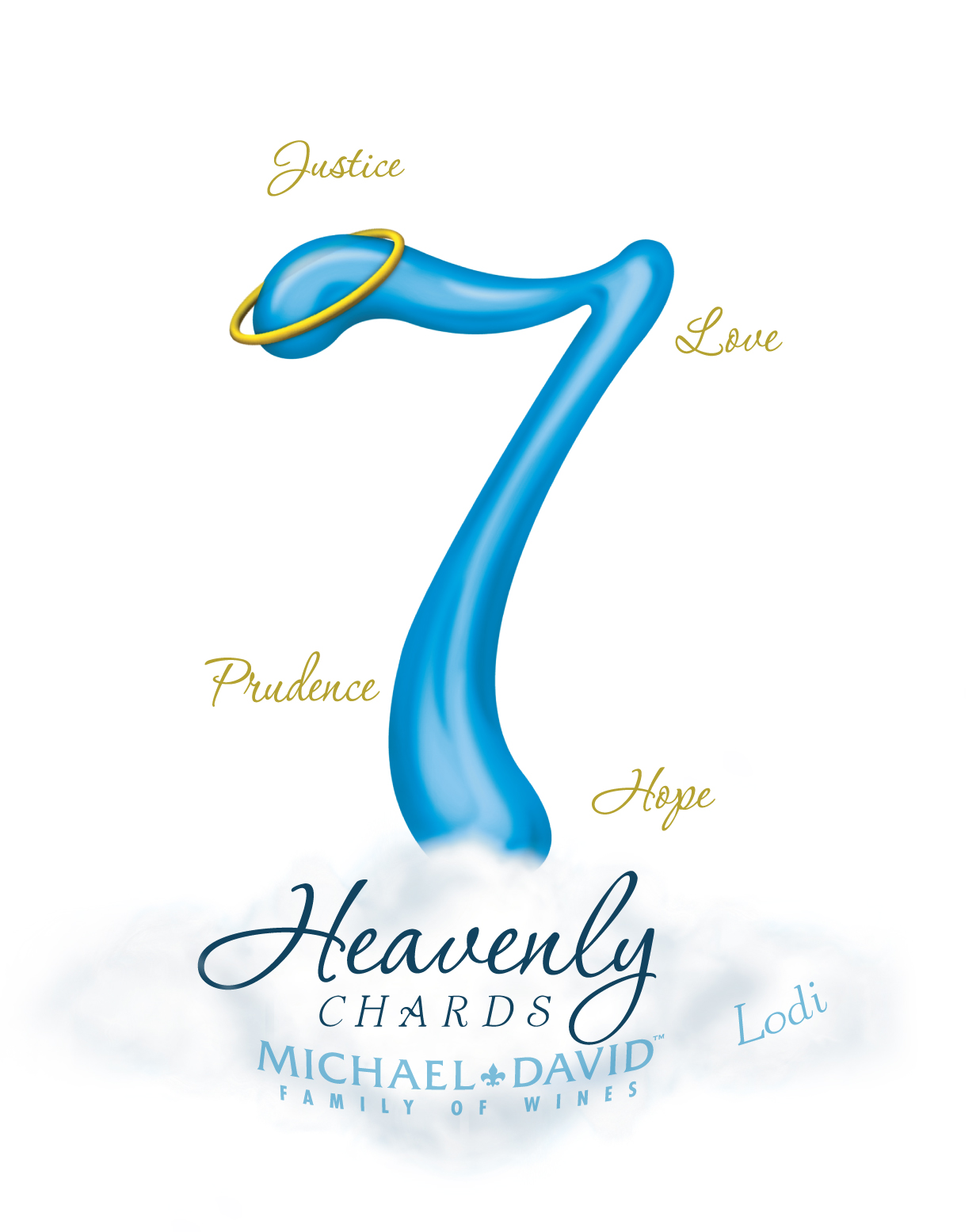 I've been enjoying the releases from the Michael David Family of Wines, for quite a few years now. I find that in general, the wines are accessible, widely available and tend to please a crowd. Seven Deadly Zins is the one I've had the most over the years. So I was quite curious to try Seven Heavenly Chards, which is its counterpart.
The 2007 Seven Deadly Chards is 100% Lodi Chardonnay. This wine was aged in seven different types of French oak barrels for 10 months. 10,000 cases of this wine were produced and the suggested retail price is $17.
I've been enjoying the releases from the Michael David Family of Wines, for quite a few years now. I find that in general, the wines are accessible, widely available and tend to please a crowd. Seven Deadly Zins is the one I've had the most over the years. So I was quite curious to try Seven Heavenly Chards, which is its counterpart.
The 2007 Seven Deadly Chards is 100% Lodi Chardonnay. This wine was aged in seven different types of French oak barrels for 10 months. 10,000 cases of this wine were produced and the suggested retail price is $17.
 now shifts to Cabernet Sauvignon. When I first started experimenting with and discovering South American wines, Cabernet was my focus. I was amazed early on at some of the real bargains that could be had. I'm happy to report, that's still true. Of course there are many more South American wines on our store shelves these days, so the options, quality and varietal wise are pretty wide.
First up is the 2006
now shifts to Cabernet Sauvignon. When I first started experimenting with and discovering South American wines, Cabernet was my focus. I was amazed early on at some of the real bargains that could be had. I'm happy to report, that's still true. Of course there are many more South American wines on our store shelves these days, so the options, quality and varietal wise are pretty wide.
First up is the 2006  Continuing the South American trend that I've been on the last week, I'm going to look at four more Argentine wines. These are from
Continuing the South American trend that I've been on the last week, I'm going to look at four more Argentine wines. These are from 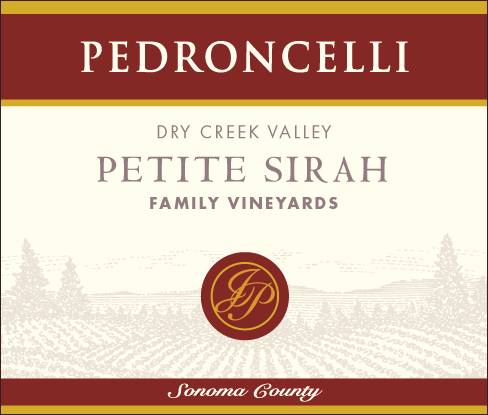
 Petite Sirah is a grape that absolutely fascinates me. Popularity-wise, it’s a bit of a fringe player in the wine world. Often it’s blended in with other grapes, most commonly Zinfandel. While there are quite a number of them out there, a look at most wine or liquor store shelves won’t often reveal more than a handful of Petite Sirah selections. So at times, it can be hit or miss to find exactly what you’re looking for. Yet there are cult bottlings of this grape and a group,
Petite Sirah is a grape that absolutely fascinates me. Popularity-wise, it’s a bit of a fringe player in the wine world. Often it’s blended in with other grapes, most commonly Zinfandel. While there are quite a number of them out there, a look at most wine or liquor store shelves won’t often reveal more than a handful of Petite Sirah selections. So at times, it can be hit or miss to find exactly what you’re looking for. Yet there are cult bottlings of this grape and a group, 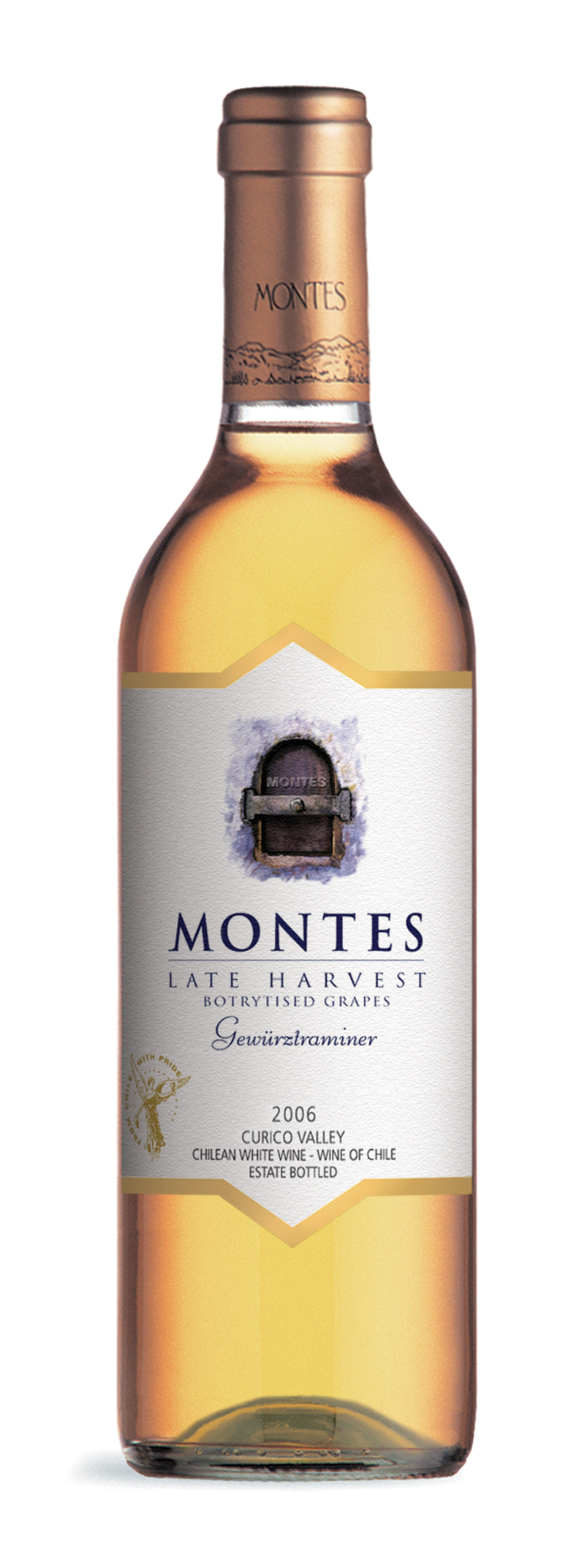 wines from that region is a little limited. That made me very curious and excited to try a Late Harvest wine from a producer I was already fond of.
The
wines from that region is a little limited. That made me very curious and excited to try a Late Harvest wine from a producer I was already fond of.
The  The third wine I'm looking at from the Montes family of wines is the Kaiken 2006 Ultra Cabernet Sauvignon. Even before discovering the wider breadth of terrific wines coming from Argentina, a few Argentine Cabernet's hit my radar. Now I seek out wines from this country, as I find that they are both distinct and full of value.
The 2006
The third wine I'm looking at from the Montes family of wines is the Kaiken 2006 Ultra Cabernet Sauvignon. Even before discovering the wider breadth of terrific wines coming from Argentina, a few Argentine Cabernet's hit my radar. Now I seek out wines from this country, as I find that they are both distinct and full of value.
The 2006  those of Chile. Most likely, that has a lot to do with them penetrating the US market a bit later. That said, these days I drink and enjoy the wines of Argentina as much as I do those of Chile. There is a sense of place in the better made Argentine wines that really hits my sweet spot. While other varietals certainly flourish there as well, Cabernet Sauvignon and Malbec are the first two that come to mind for me. As I mentioned yesterday
those of Chile. Most likely, that has a lot to do with them penetrating the US market a bit later. That said, these days I drink and enjoy the wines of Argentina as much as I do those of Chile. There is a sense of place in the better made Argentine wines that really hits my sweet spot. While other varietals certainly flourish there as well, Cabernet Sauvignon and Malbec are the first two that come to mind for me. As I mentioned yesterday 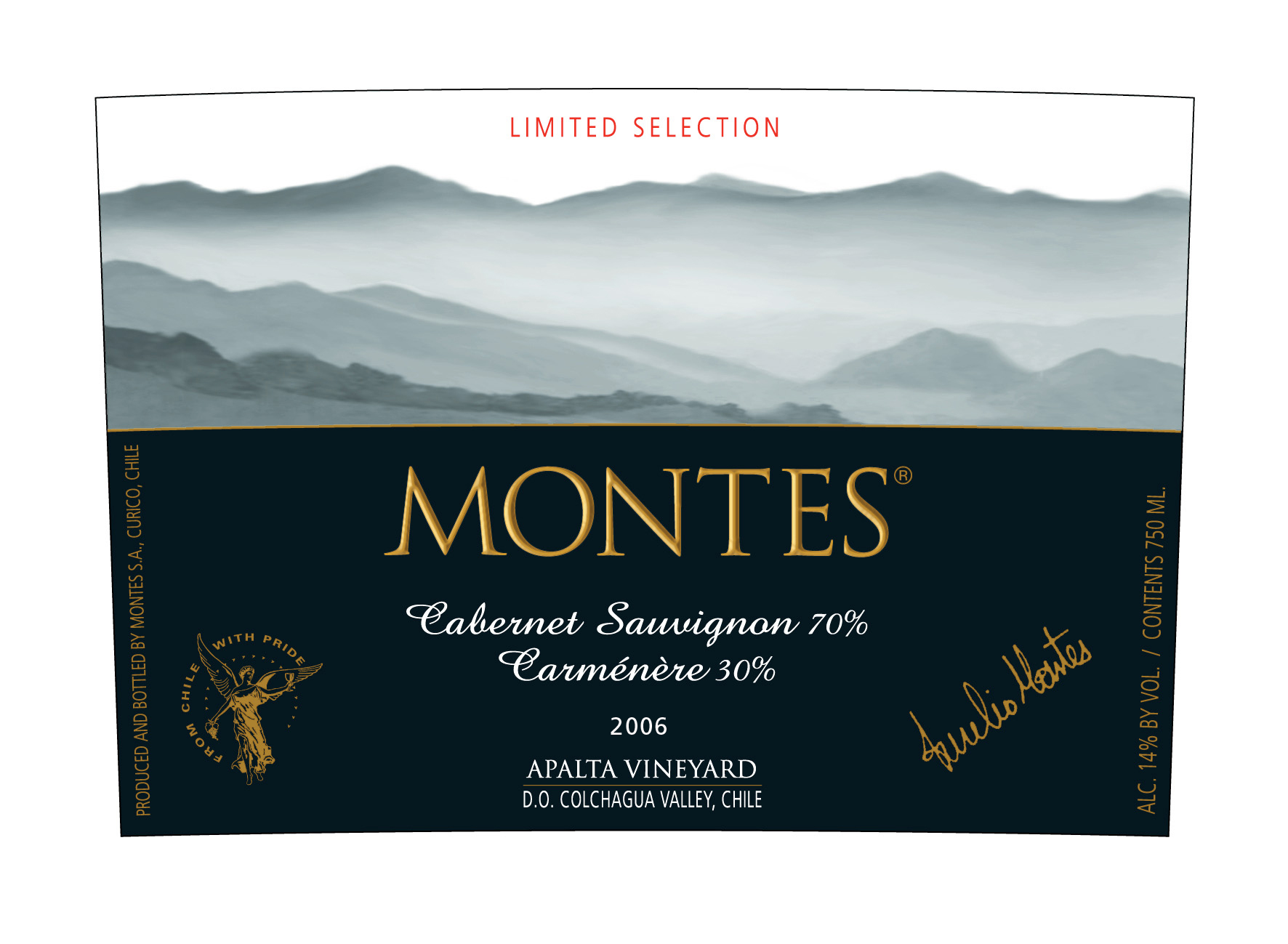 I've been drinking wines from
I've been drinking wines from 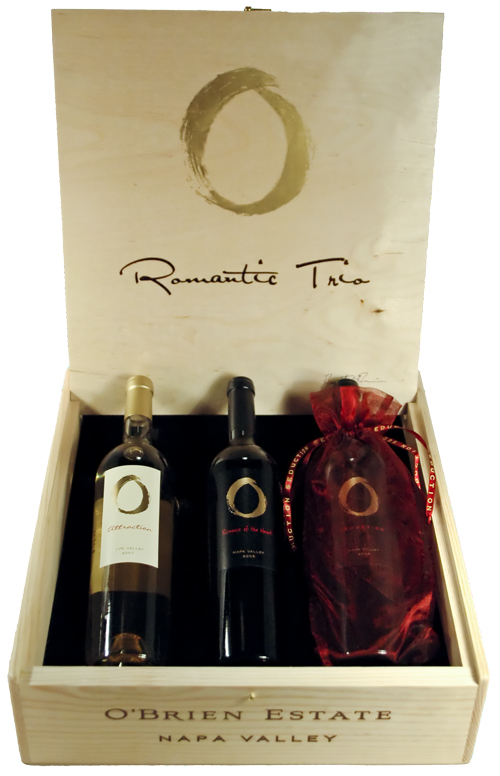 However after reading about them, and more importantly their wines on-line, I was intrigued. So I set out to taste some of their offerings and see if the juice in the bottle lived up to all I'd read. They're a small (4,000 cases) Family Winery whose portfolio includes Chardonnay, Merlot and Seduction a Bordeaux style blend. They also make reserve or barrel selections of some of these offerings and have several gift pack options as well.
Packaging isn't something I write about very often when it comes to wine. However the "Romantic Trio" I tasted this weekend is packed in such a beautiful and stunning manner that it demands mentioning. The trio is comprised of "Attraction" Chardonnay, "Romance of The Heart" Merlot and the aforementioned Bordeaux Blend called "Seduction." They are housed in a gorgeous lacquered wood box whose lettering has been branded in. Each set is numbered and signed by Bart O'Brien. Production is limited to 400 sets per Vintage year. The back of each bottle has a poem written by owner Bart O'Brien. Each varietal has its own poem. There is no question the set is a dazzling and dramatic presentation. The obvious question for me, would the wine in the bottle taste as good as the set looked? This set sells for $199
However after reading about them, and more importantly their wines on-line, I was intrigued. So I set out to taste some of their offerings and see if the juice in the bottle lived up to all I'd read. They're a small (4,000 cases) Family Winery whose portfolio includes Chardonnay, Merlot and Seduction a Bordeaux style blend. They also make reserve or barrel selections of some of these offerings and have several gift pack options as well.
Packaging isn't something I write about very often when it comes to wine. However the "Romantic Trio" I tasted this weekend is packed in such a beautiful and stunning manner that it demands mentioning. The trio is comprised of "Attraction" Chardonnay, "Romance of The Heart" Merlot and the aforementioned Bordeaux Blend called "Seduction." They are housed in a gorgeous lacquered wood box whose lettering has been branded in. Each set is numbered and signed by Bart O'Brien. Production is limited to 400 sets per Vintage year. The back of each bottle has a poem written by owner Bart O'Brien. Each varietal has its own poem. There is no question the set is a dazzling and dramatic presentation. The obvious question for me, would the wine in the bottle taste as good as the set looked? This set sells for $199  Two of the selections I picked are from
Two of the selections I picked are from  isn't as often thought of for after dinner libations. And for my money that's a shame. The wines of Italy are as good as those anywhere. The dessert wine from there I'm compelled to recommend is from La Tunella.
isn't as often thought of for after dinner libations. And for my money that's a shame. The wines of Italy are as good as those anywhere. The dessert wine from there I'm compelled to recommend is from La Tunella. The sixth and final dessert wine I'm recommending this Valentine's Day is from
The sixth and final dessert wine I'm recommending this Valentine's Day is from 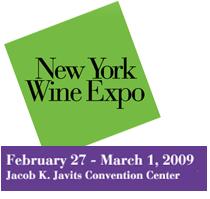 The
The  discovered wines from many other parts of Spain. But Rioja is still, easily, my favorite. Today I'll look at a selection from
discovered wines from many other parts of Spain. But Rioja is still, easily, my favorite. Today I'll look at a selection from  Over the many years since Robert Mondavi founded his groundbreaking Napa Valley Winery he acquired numerous other properties. These ranged in size, intent and vision. In the 90' that included purchasing prime parcels in the Central Coast of California. Among the results of this investment in the Central Coast are the
Over the many years since Robert Mondavi founded his groundbreaking Napa Valley Winery he acquired numerous other properties. These ranged in size, intent and vision. In the 90' that included purchasing prime parcels in the Central Coast of California. Among the results of this investment in the Central Coast are the 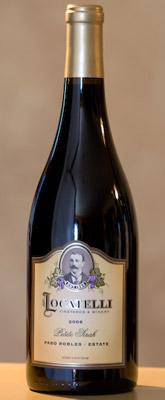 every time I open a fine example of it. The reason being that each and every time that happens I think to myself that I don't drink Petite Sirah nearly as often as I should. If you take into account the fact that Petite Sirah already accounts for more than 10% of the reviews I've posted here, you get the idea. Last year I looked at a few releases from
every time I open a fine example of it. The reason being that each and every time that happens I think to myself that I don't drink Petite Sirah nearly as often as I should. If you take into account the fact that Petite Sirah already accounts for more than 10% of the reviews I've posted here, you get the idea. Last year I looked at a few releases from 
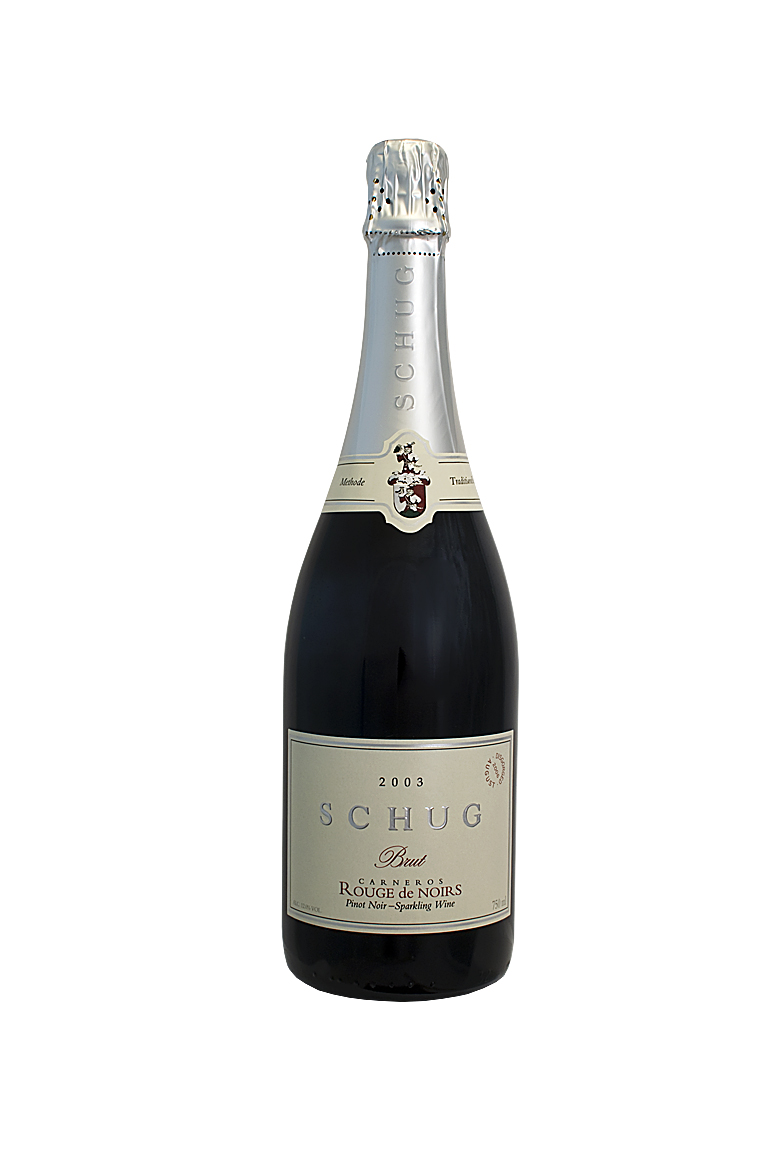 Wine wise there are two ways I'd recommend going this year for Valentine's Day, sparkling or sweet. I recently tasted through a dozen Sparkling Wines, and I'm going to cover my three favorites here today. Next week I'm going to do look at the dessert wines I recommend. However if a cocktail is more your speed, take a look at
Wine wise there are two ways I'd recommend going this year for Valentine's Day, sparkling or sweet. I recently tasted through a dozen Sparkling Wines, and I'm going to cover my three favorites here today. Next week I'm going to do look at the dessert wines I recommend. However if a cocktail is more your speed, take a look at  consistently satisfying results.
consistently satisfying results. Taking a sharp turn away from California, the third sparkling wine I'm recommending is from South Africa.
Taking a sharp turn away from California, the third sparkling wine I'm recommending is from South Africa.  looking forward to seeing how their Cabernet Sauvignon was. After Zinfandel, Cabernet is the varietal from Dry Creek Valley that first comes to mind. The better Cabernets from this region have unique characteristics which display a real sense of place.
The 2005
looking forward to seeing how their Cabernet Sauvignon was. After Zinfandel, Cabernet is the varietal from Dry Creek Valley that first comes to mind. The better Cabernets from this region have unique characteristics which display a real sense of place.
The 2005  I've previously looked at Zinfandel and Syrah from Amador County's
I've previously looked at Zinfandel and Syrah from Amador County's  occasions. There are a couple of reasons for that. For one, Argentine wines are of particular interest to me. Additionally I have found the Valentin Bianchi wines to be well made and good values across different tiers and price levels. Today I'll look at one of their blends.
The 2005 Don Valentin Bianchi Lacrado is a composed of Cabernet Sauvignon (34%), Malbec (33%), and Merlot (33%). This offering sees no wood and is aged completely in stainless steel, then filtered and bottled. The suggested retail price for this wine is $11.99.
occasions. There are a couple of reasons for that. For one, Argentine wines are of particular interest to me. Additionally I have found the Valentin Bianchi wines to be well made and good values across different tiers and price levels. Today I'll look at one of their blends.
The 2005 Don Valentin Bianchi Lacrado is a composed of Cabernet Sauvignon (34%), Malbec (33%), and Merlot (33%). This offering sees no wood and is aged completely in stainless steel, then filtered and bottled. The suggested retail price for this wine is $11.99.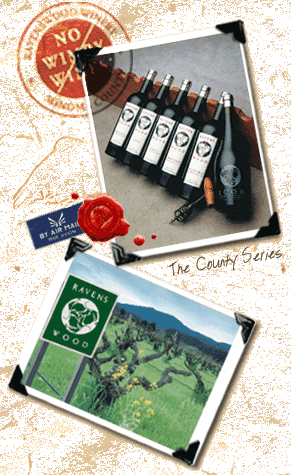 Intent is something that I always consider when tasting wine. What was the producer looking to do when they created the offerings in question? All wines are certainly not created equally and they should be looked at through the lens of their purpose. With that said today I'm looking at three releases from
Intent is something that I always consider when tasting wine. What was the producer looking to do when they created the offerings in question? All wines are certainly not created equally and they should be looked at through the lens of their purpose. With that said today I'm looking at three releases from